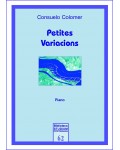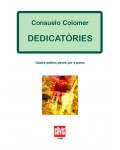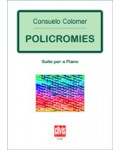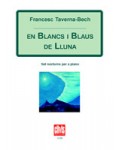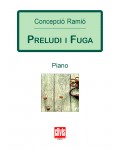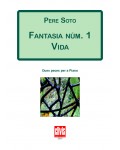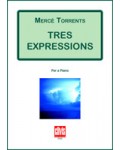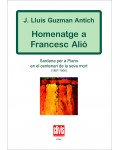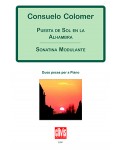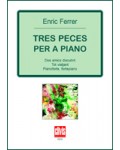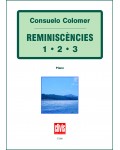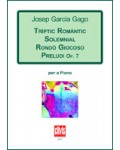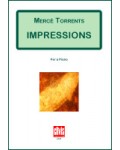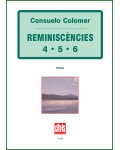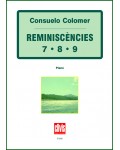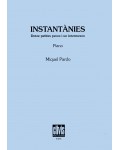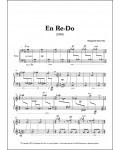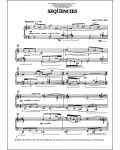
No products
Prices are tax included
Product successfully added to your shopping cart
There are 0 items in your cart. There is 1 item in your cart.
- English
- Castellano
- Català
Tres bagatel·les en forma de poema
AC337
New product
What is clear is that Jep Nuix masters on the most varied composition languages. In this work he uses the classical writing with absolute precision (over concrete indications on shapes, volumes..., “out of time” attacks when there is no a metronomic time reference... all in the search of the effects exposed in the titles).
| Period | 20th Century |
| Subheading / Parts | Mirall de mirall - Connexió - Tensió-Distensió |
| Instruments | piano |
| Pages | 12 |
| Time | 4 min |
| Contents | Score |
| ISMN | 979-0-3502-0611-5 |
| Edition | Printed |
These are not bagatelles at all. This modest title can only be based on the work’s short duration and not on the author’s modesty but on his sense of proportion. They can be... three workshops, three investigations, three searches, three attempts, three studies ...
In Jep Nuix’s journey there are no shortcuts. His works, quite methodical, go step by step without skipping a single one, investigating all languages, in a designed linear and continuous trajectory. Who knows if when these exercises were completed he felt they were good enough to be treated as a finished work. The titles are clear on the technical aims
I. Mirall de mirall (Mirror’s Mirror)
The mirror is one of the most classical compositional techniques in the pursuit of formal coherence. The mirror’s mirror should be back to the original. It’s impossibe to be more plain and simple.
II. Connexió (Connection)
Connection for me is flowing, continuity, the logic of what’s to come regarding what’s being heard, and consequently and again, coherence.
III. Tensió – Distensió (Tension-Relax)
For many people this is another classic concept, almost the main reason for this moving art in time that music is. There is short-long, high-low, silent-loud... the most basic parameters of music in their purest form, which gives understanding and... coherence.
What is clear is that Jep Nuix masters on the most varied composition languages. In this work he uses the classical writing with absolute precision (over concrete indications on shapes, volumes..., “out of time” attacks when there is no a metronomic time reference, irregular rhythm groups when there’s not a clear beat where to locate them... all in the search of the effects exposed in the titles).
Stravinsky also went through this moment of expanding the classical writing to the limit. And in both cases (Stravinsky and Nuix) this writing’s apparent complication not only doesn’t constrain the interpreter but it helps him on the execution because that’s the language the interpreter knows and that’s the language where the interpreter can find the freedom the author wants to give him.
The analogy with painting is even more clear: all abstract painting masters have first drawn still lifes and portraits with photographic accuracy before breaking away.
Bingo! I already have the title: Three still lifes, with your kind permission, Jep.
Frederic Sesé

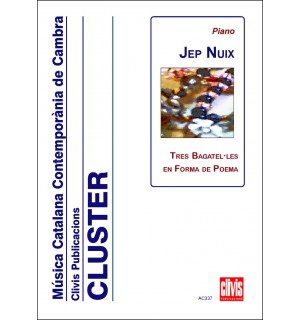





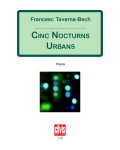
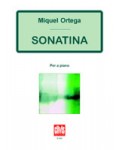
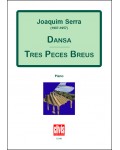
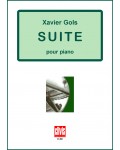
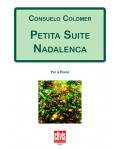
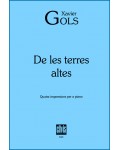
![Tema amb [4] Variacions](https://www.clivis.cat/1965-home_default/tema-amb-4-variacions.jpg)
